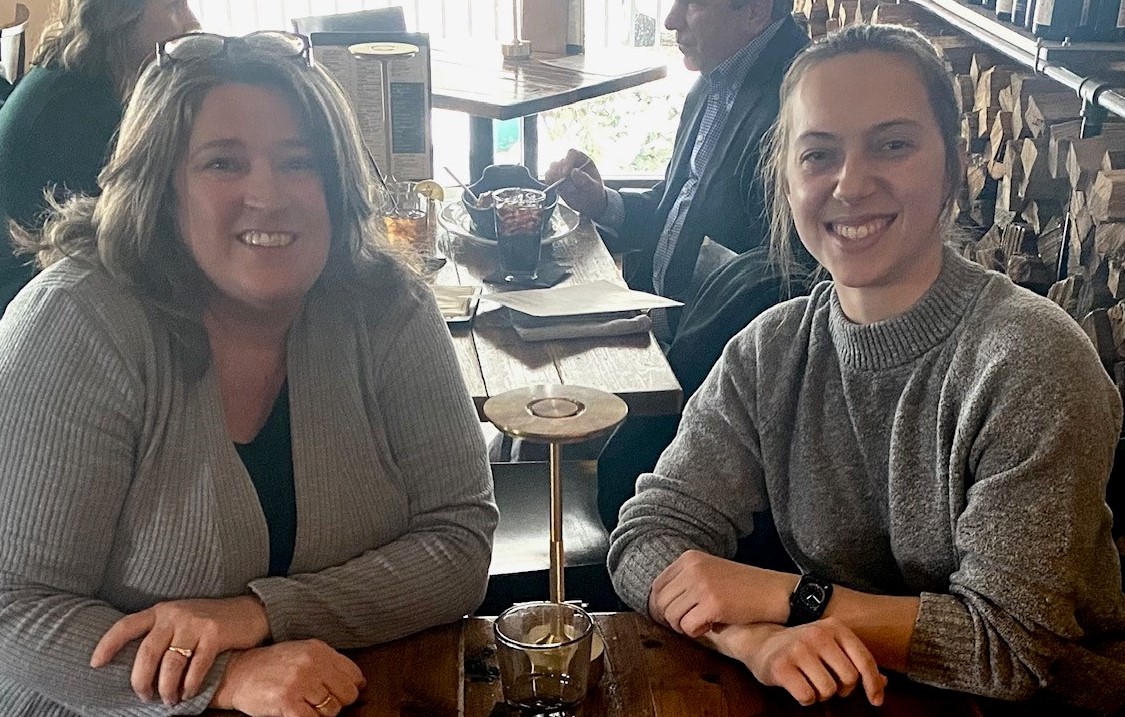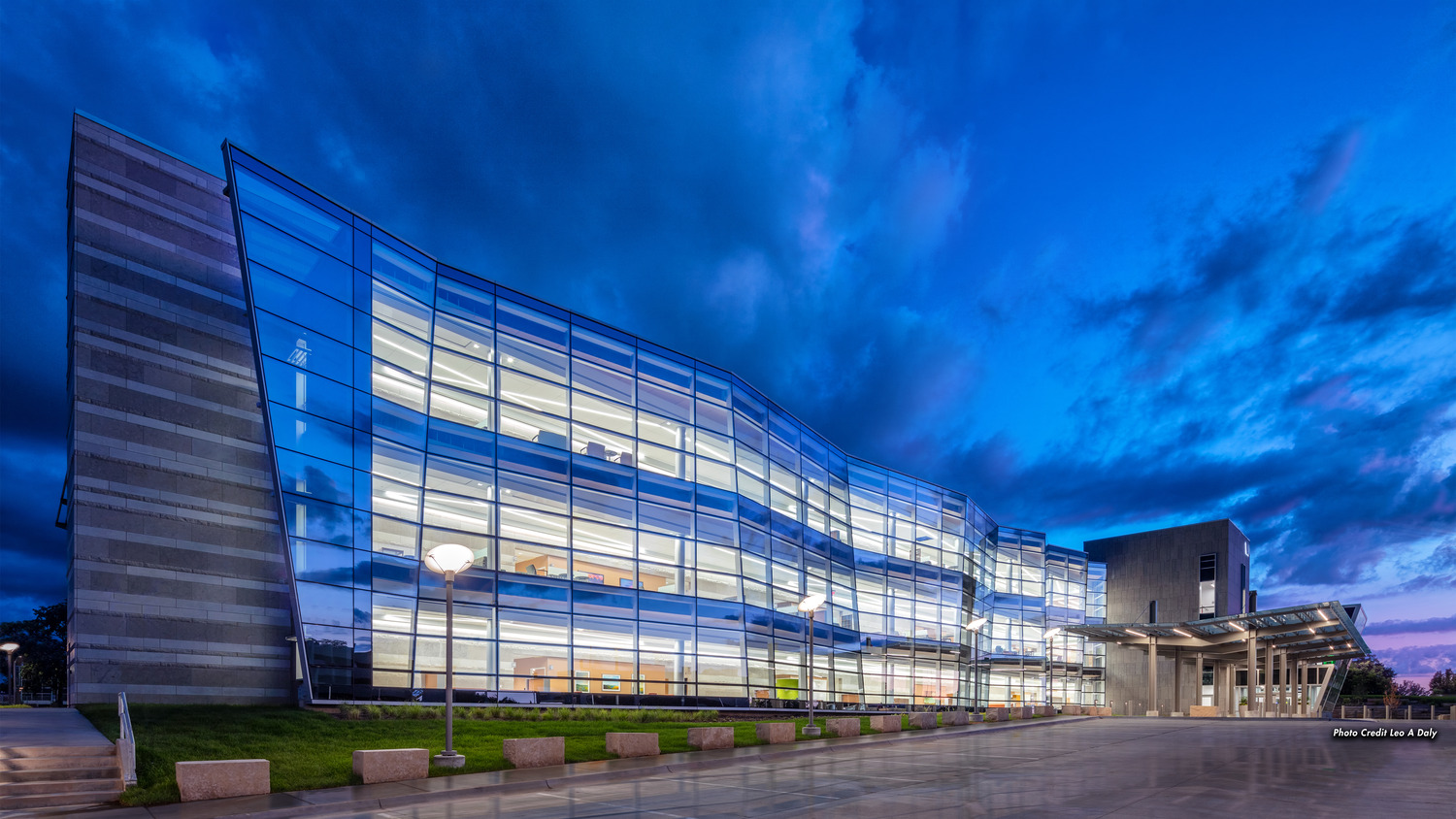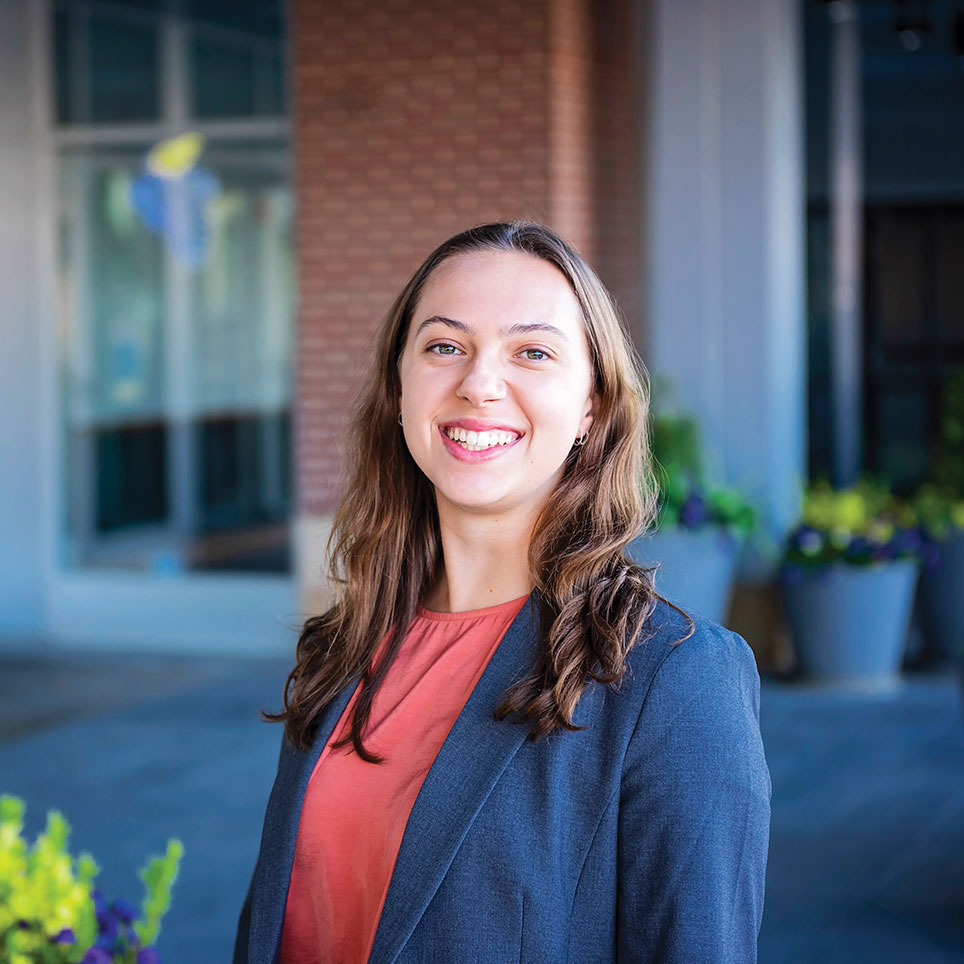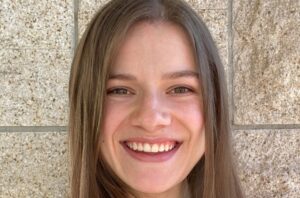AI is a huge topic currently because it applies to everyone and all business models. No matter what industry you are in, there is an opportunity to use AI to improve your business. AI has the potential to transform businesses and improve the way we live and work. AI can help businesses to automate tasks, improve decision-making, and personalize customer experiences.
There are several branches of AI including:
- Natural Language Processing: This is a type of AI that allows computers to understand and process human language. Natural language processing is used in applications such as voice recognition, machine translation, and chatbots. This can help in searching for information within documents.
- Machine Learning: This is a type of AI that allows computers to learn from data and improve their performance over time. Machine learning is used in a wide variety of applications, including spam filtering, fraud detection, and product recommendations.
- Computer Vision: Computer vision AI is a cutting-edge technology that allows machines to interpret visual information. It has already significantly contributed to many fields, such as healthcare, manufacturing, autonomous driving, security, and the construction sector.
Computer vision AI can include things such as:
- Image Classification: Using computer vision to classify and recognize images, enabling users to search their photos based on content. This technology can identify faces, landmarks, objects, and more. This can assist in finding images rapidly in a server or help with image organization.
- Digital Marketing: AI-driven image recognition can analyze consumer behavior and preferences based on images shared on social media. This data can be used to craft personalized marketing strategies and enhance customer engagement. It can also be used to automatically produce hashtags based on what the image includes.
Some of the ways that computer vision AI is being used in construction today include:
- Safety Monitoring and Security: Computer vision AI can be used to monitor construction sites for safety hazards. This can help to prevent accidents and injuries.
- Progress Tracking: Computer vision AI can be used to track the progress of construction projects. This helps ensure that projects are completed on time and within budget. This can be used with 4D construction (sequencing).
- Quality Control: Computer vision AI can be used to inspect the quality of construction work and materials. This can help to ensure that projects meet quality standards.
Manufacturing and construction are closely related industries. In both industries, many of the same concepts and technologies can be applied. For example, the concepts of quality control, supply chain management, and lean manufacturing (which goes along with things like the 5S pillars and 6 Sigma) can be applied to construction just as easily as they can be applied in manufacturing. These concepts can also be applied to any industry, business, production, or management setting. I believe manufacturing and construction are going to use similar AI technologies.
In the future, computer vision AI is likely to be used in even more ways in the construction industry. Some of the potential future applications of this technology include:
- Automating Tasks: Computer vision AI could be used to automate tasks such as surveying, quality control, and safety inspection. This could free up workers to focus on more complex tasks, and it could also help to improve safety and efficiency.
- Creating Virtual Models: Computer vision AI could be used to create virtual models of construction sites. These models could be used to assist in planning projects, simulate construction processes, and identify potential problems. This can be used with Lidar or photogrammetry scans.
- Optimizing Supply Chains: Computer vision AI could be used to optimize supply chains in the construction industry. This could help to reduce costs and improve efficiency.
This is an exciting time for development and experimentation, these are only a few points AI will assist within the construction industry. The future of construction is bright with the use of AI, it has the potential to make construction projects safer, more efficient, and more sustainable.
We should also keep in mind that AI can be used to mitigate risks, but also has risks of its own – something that is going to be hard to replicate is human interaction, relationships, and transparent communication. As we have seen in recent years, face-to-face relationships are vital to life and are a part of what truly takes care of clients. Human interaction and relationships are essential, they provide us with a sense of connection, belonging, and support. Relationships also help us to learn and grow and understand each other’s needs so we can better provide for each other.

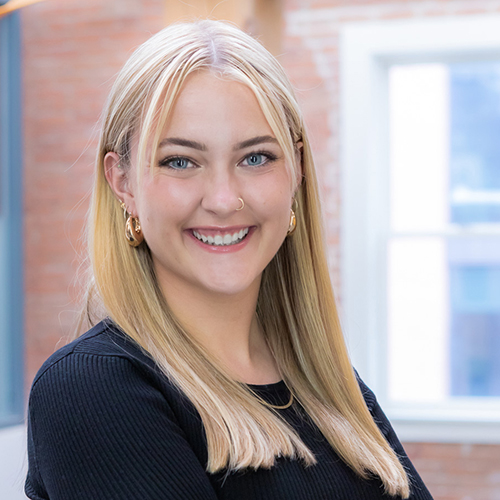
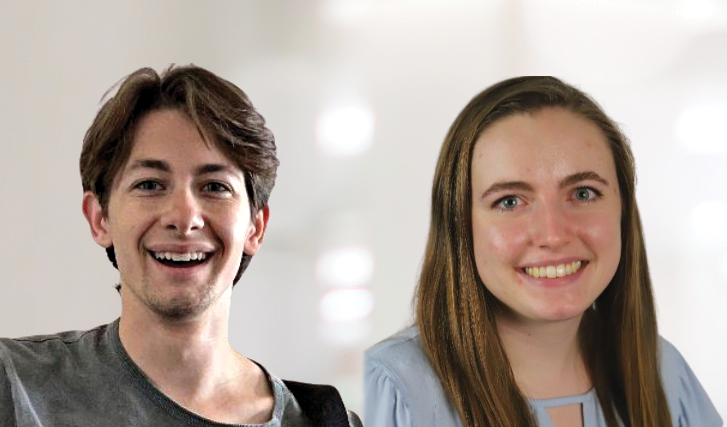
 Kaitlin, a Wisconsin native is studying Architecture at Lawrence Technical University in Southfield, Michigan. She graduated a week ago and will begin both her Master’s program this month and also she’ll be working as an Architect at a local Michigan firm Colliers Engineering & Design. Quite a full plate for this ambitious young Architect.
Kaitlin, a Wisconsin native is studying Architecture at Lawrence Technical University in Southfield, Michigan. She graduated a week ago and will begin both her Master’s program this month and also she’ll be working as an Architect at a local Michigan firm Colliers Engineering & Design. Quite a full plate for this ambitious young Architect.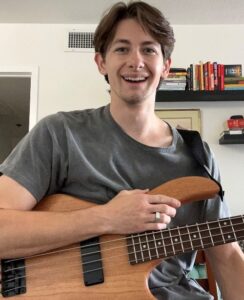 Seth, a North Carolina native is in his second year of his Master’s Program in Architecture at Clemson University in South Carolina. He’s working an internship this summer in Chicago for SNH Architects and heading to Genoa, Italy for the Fall semester to study Italian Architecture.
Seth, a North Carolina native is in his second year of his Master’s Program in Architecture at Clemson University in South Carolina. He’s working an internship this summer in Chicago for SNH Architects and heading to Genoa, Italy for the Fall semester to study Italian Architecture.

